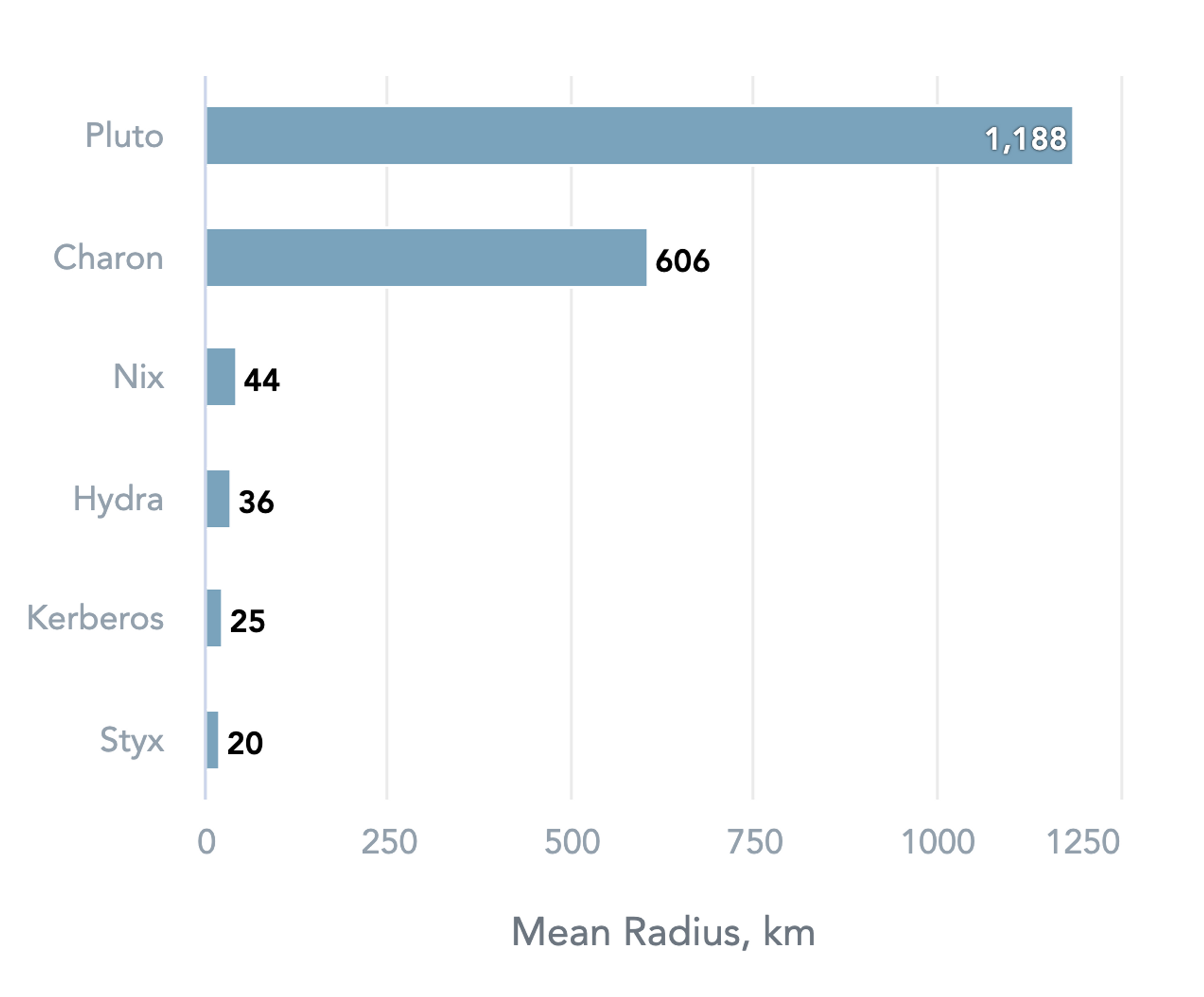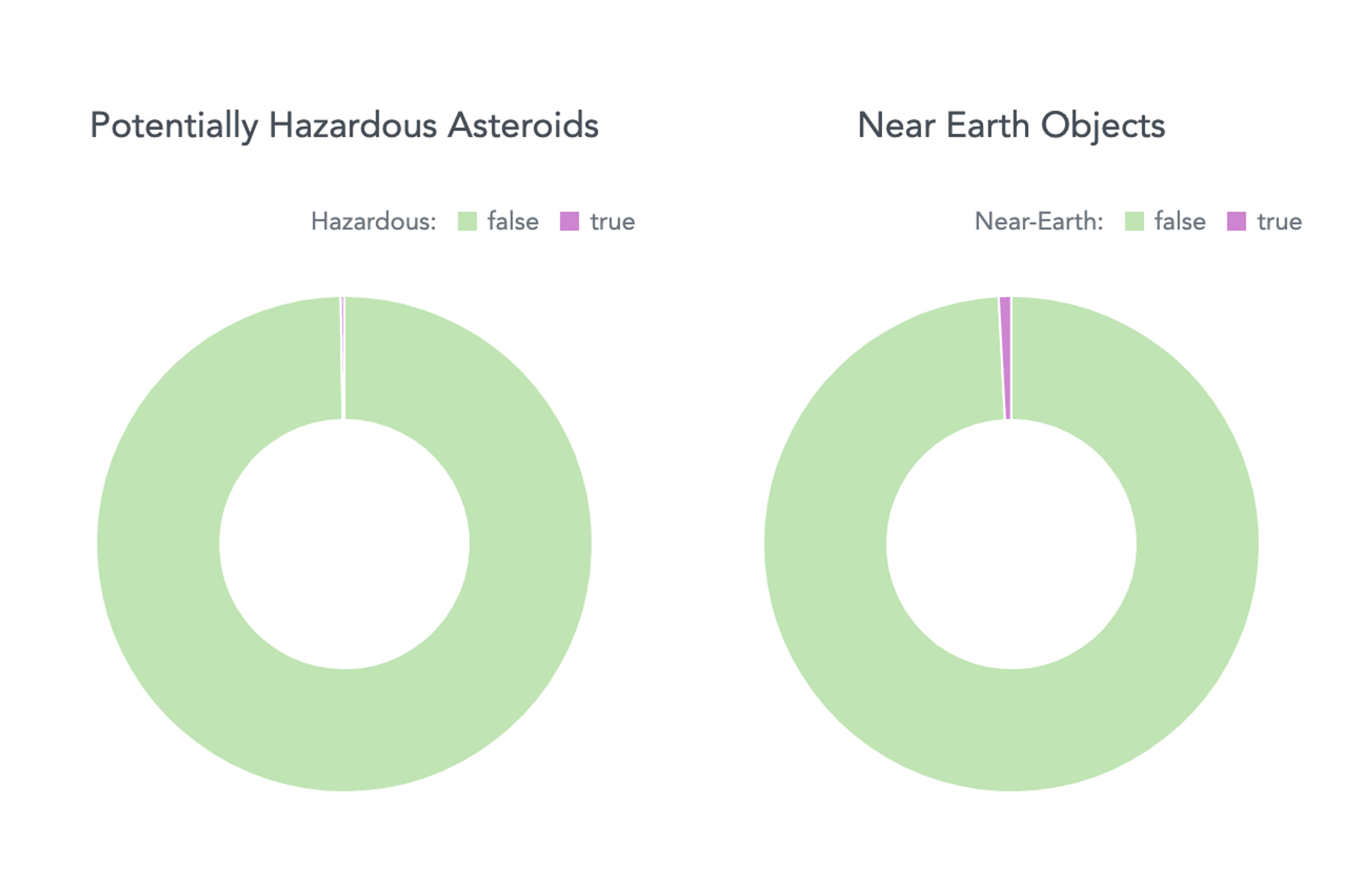[ad_1]
In the year 1851 there were 23 planets in the Solar system. No, we did not get a visit from the Death Star since then. Rather, our telescopes have improved, allowing astronomers to see more things out there. Thus, they decided to reclassify some of the planets as asteroids.
A similar thing happened following the discovery of Eris in 2005. Although slightly smaller, Eris is significantly more massive than Pluto, so it was a prime candidate for the 10th planet seat in our star system. After a lengthy and not at all heated debate, some of the planet-like objects, including Pluto, were reclassified as dwarf planets. These pesky scientists with their adherence to “follow the data” and “empirical evidence” are killing all the buzz… Oh well.
When I needed to find an interesting topic to showcase how to use GoodData for VS Code in a real, end-to-end data analytics pipeline with ETL and all the blows and whistles, I immediately thought of Pluto and, by extension, our cosmic backyard – a Solar system. Especially since Pluto has a “birthday” soon – Pluto day is on February 18th. Yeah, I’m a nerd, I know.
Let’s have a look at some more pointless facts and useless numbers about our Solar system. After all, that’s why you’re here, right? Feel free to follow me (and discover your own insights) on a Solar System dashboard I’ve published online. Or dive right into the source code on GitHub.
Pluto
Pluto was discovered on February 18th, 1930. So how old is it? Well, if we count from the discovery date, it is yet to celebrate its first birthday in 2178, as one Plutonian year takes ~248 Earth years. The actual age should be similar to our own planet’s age of ~4.5 billion Earth years, so Pluto should be a little over 18 million Plutonian years old. It is all grown up now!
It’s a bummer to have to admit it, but data says that Pluto is not a planet anymore. According to NASA, size does not matter (on its own). To be a planet, an object must orbit the sun (check), be large enough to form a spherical shape (check), and be large enough to clear its orbit from other bodies (ugh, nope).
The last requirement is a challenge for Pluto. Its largest moon, Charon, is half the size of Pluto. In fact, some scientists argue that Pluto-Charon should be considered a binary dwarf planet.

So, now Pluto is a dwarf planet. Named after the Roman god of the underworld, surrounded by appropriately named satellites: Charon, Styx, Nyx, Kerberos, and Hydra. Cute little fellas.
Solar system is big
And I mean BIG.
Light is fast, yet even for light it takes 1.5 years to cross the Solar system from the Sun to an outer edge. On that scale, Pluto is our close neighbor, at only ~5 light hours away! Given you’re traveling at a highway speed of 130 km/h (~80mph), it would take you only… about 4700 years to get there.

There is also a lot of stuff in our Solar system. NASA Jet Propulsion Lab has a nice database of known small bodies (everything that is not a star, planet, dwarf planet, or satellite) counting 1.3 million objects.
On the dashboard, I only included a small subset of the data, around 140k bodies that are larger than 140 meters in diameter. Why 140 meters? That’s about the minimum size that is considered dangerous in case of a direct impact with Earth. Depending on the composition and speed, such an asteroid could create an explosion of a similar magnitude to Tsar Bomba – the largest nuclear weapon ever detonated.

140,000 Tsar bombs lurking around is not a pleasant thought, but don’t be too worried about that. NASA keeps a vigilant eye on the orbits and only a handful of known asteroids will ever pass close enough to cause a concern. Currently, there are 2,407 PHAs (potentially dangerous asteroids). If you don’t get enough doom in your everyday life, feel free to occasionally check NASA’s Sentry (Earth Impact Monitoring). It also tracks comets and has a list of PHO (potentially hazardous objects) with the probability of potential Earth hits.
But it’s not all doom and gloom, though. NASA Recently ran a test on asteroid deflection (called DART – you have to give them the credit for naming things) and it went quite well. No need to send Bruce with a drill and a nuclear bomb – should an asteroid strike become imminent.
Conclusion
It was a fun project, I hope you learned something new and had a laugh or two. I know I did.
If you want to check out the source code for the dashboard, check out my Github repo.
I have another article on how I imported the data from NASA JPL database and how I’ve built the dashboard. If you’re into Meltano, dbt and Analytics as Code in general – make sure to check it out.
If you want to try GoodData, check out our free trial – it’s powerful enough to do this whole project! If you would like to discuss BI, frontend, AI, or whatever you have on your mind, reach out to us on our community Slack.
[ad_2]









